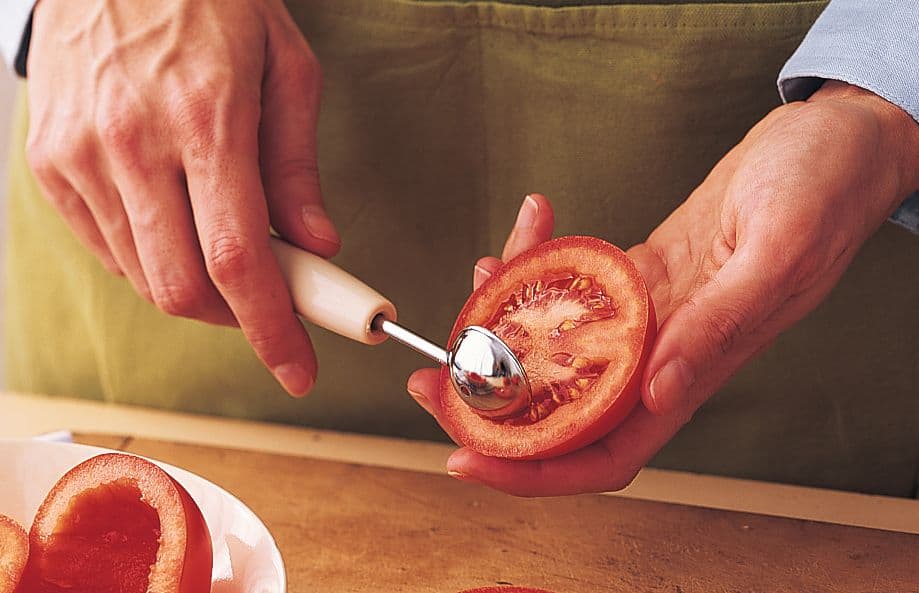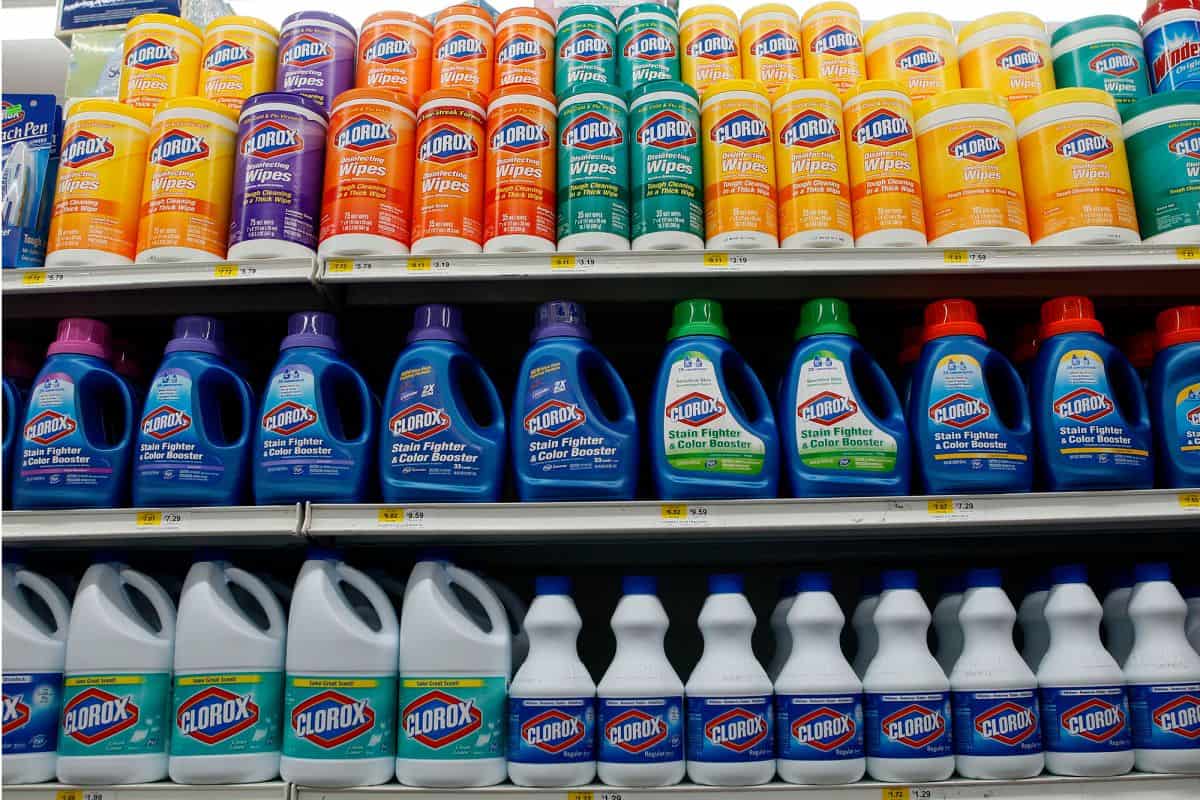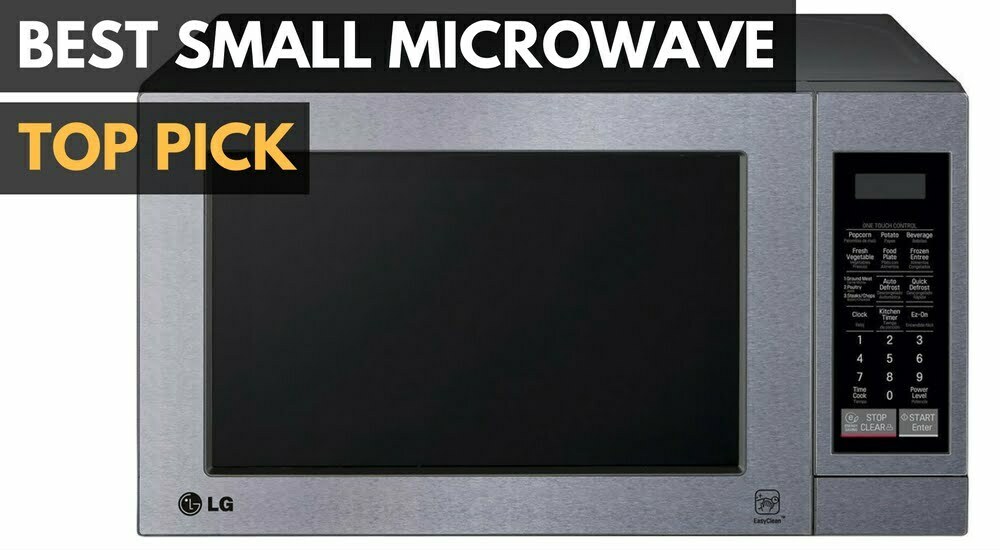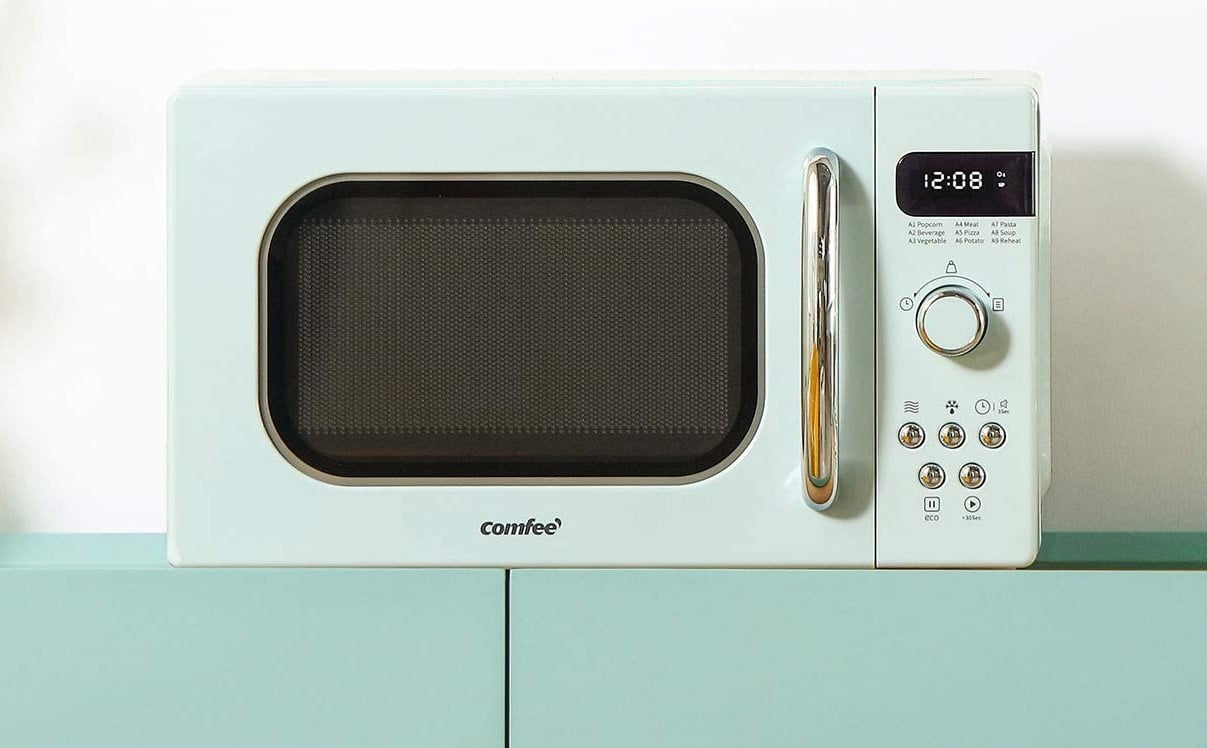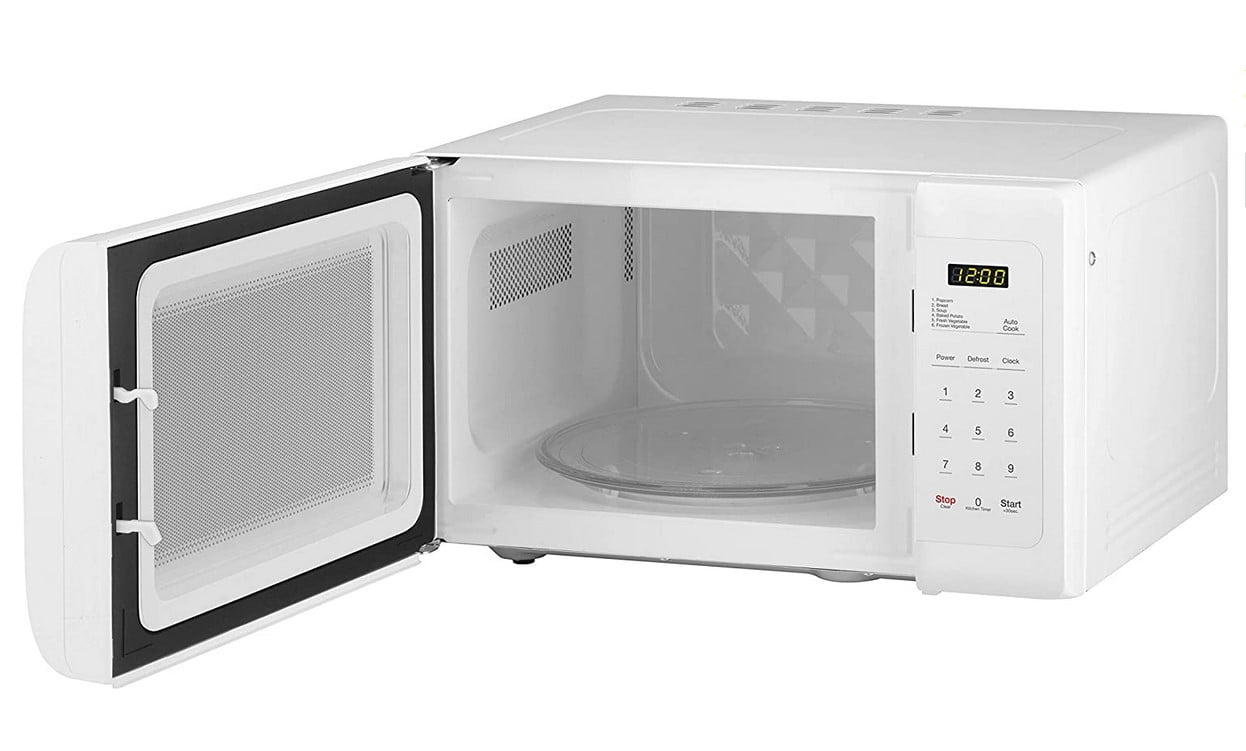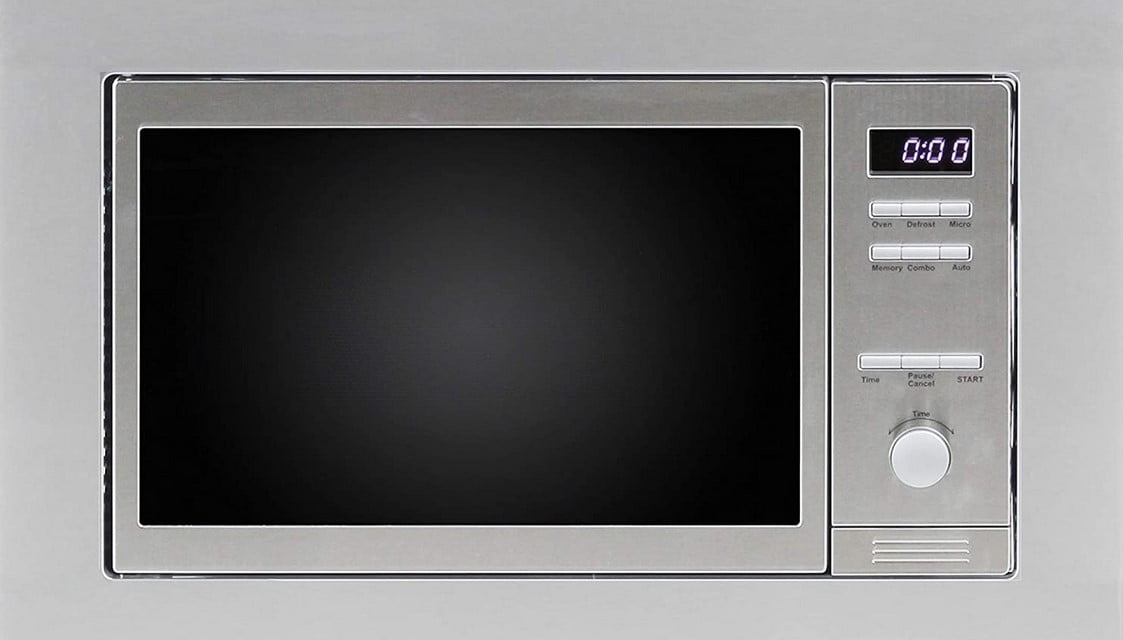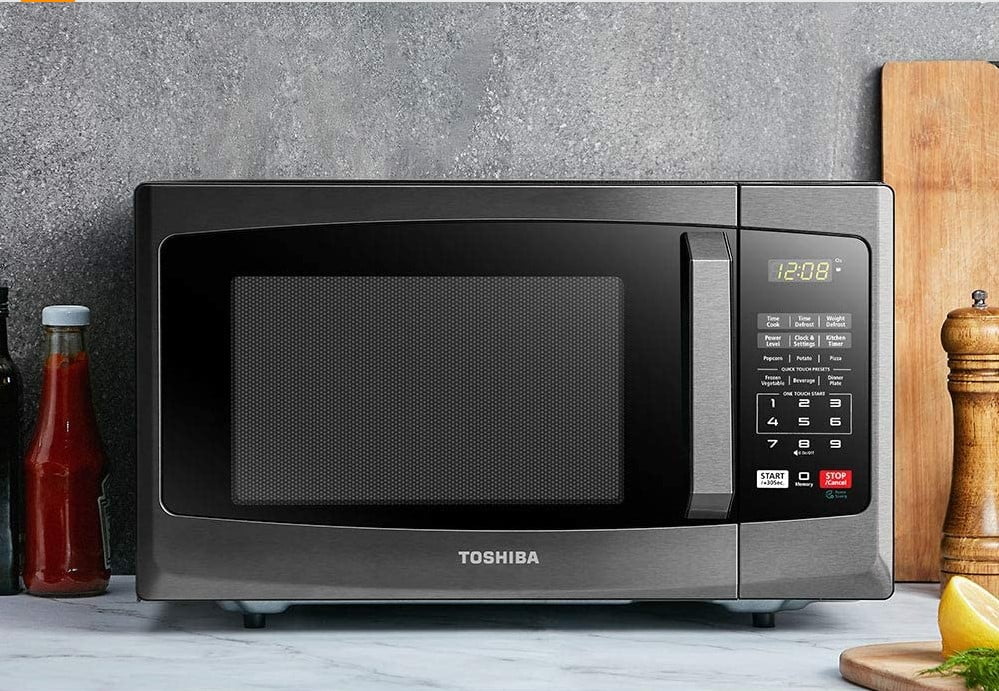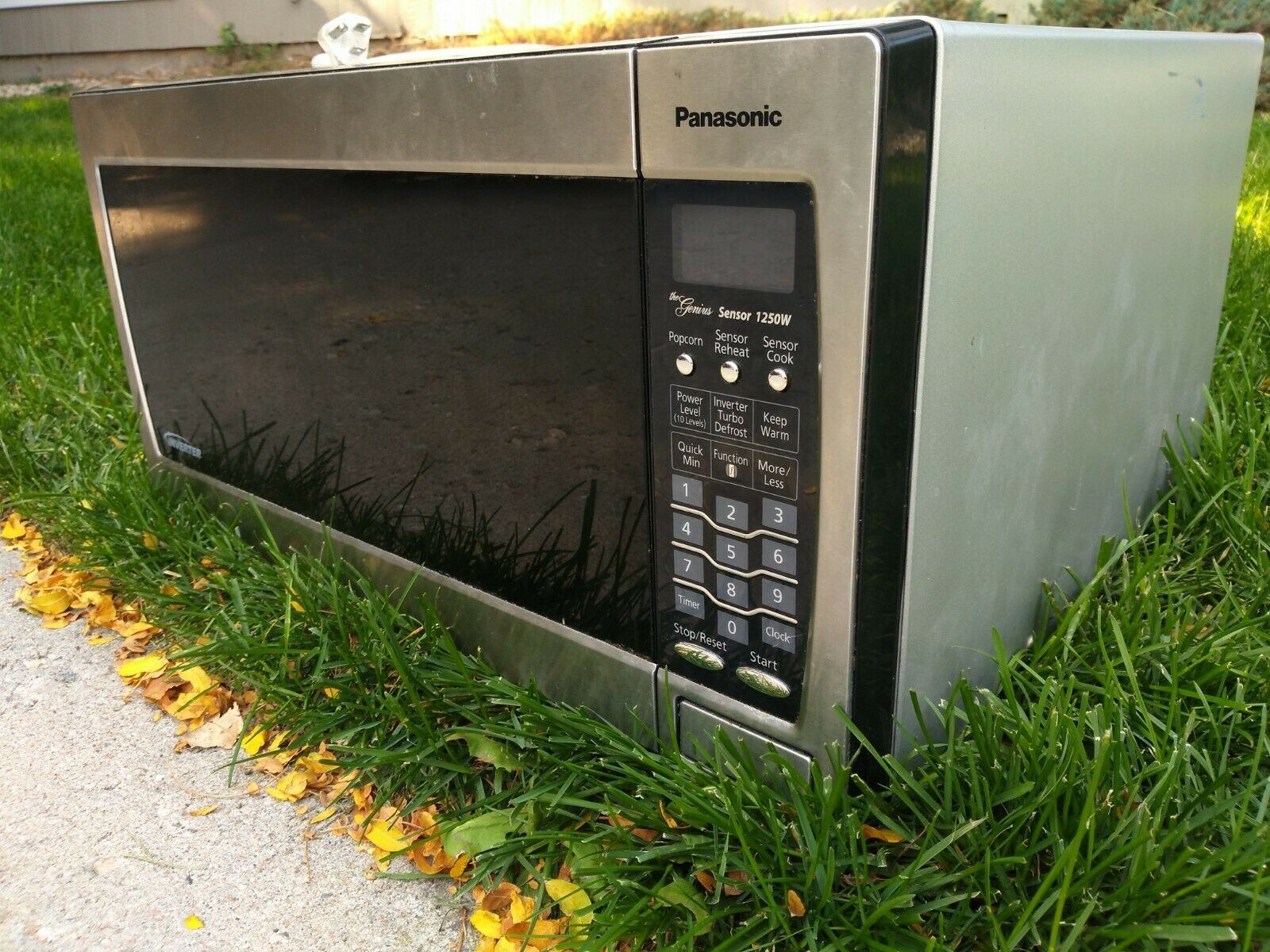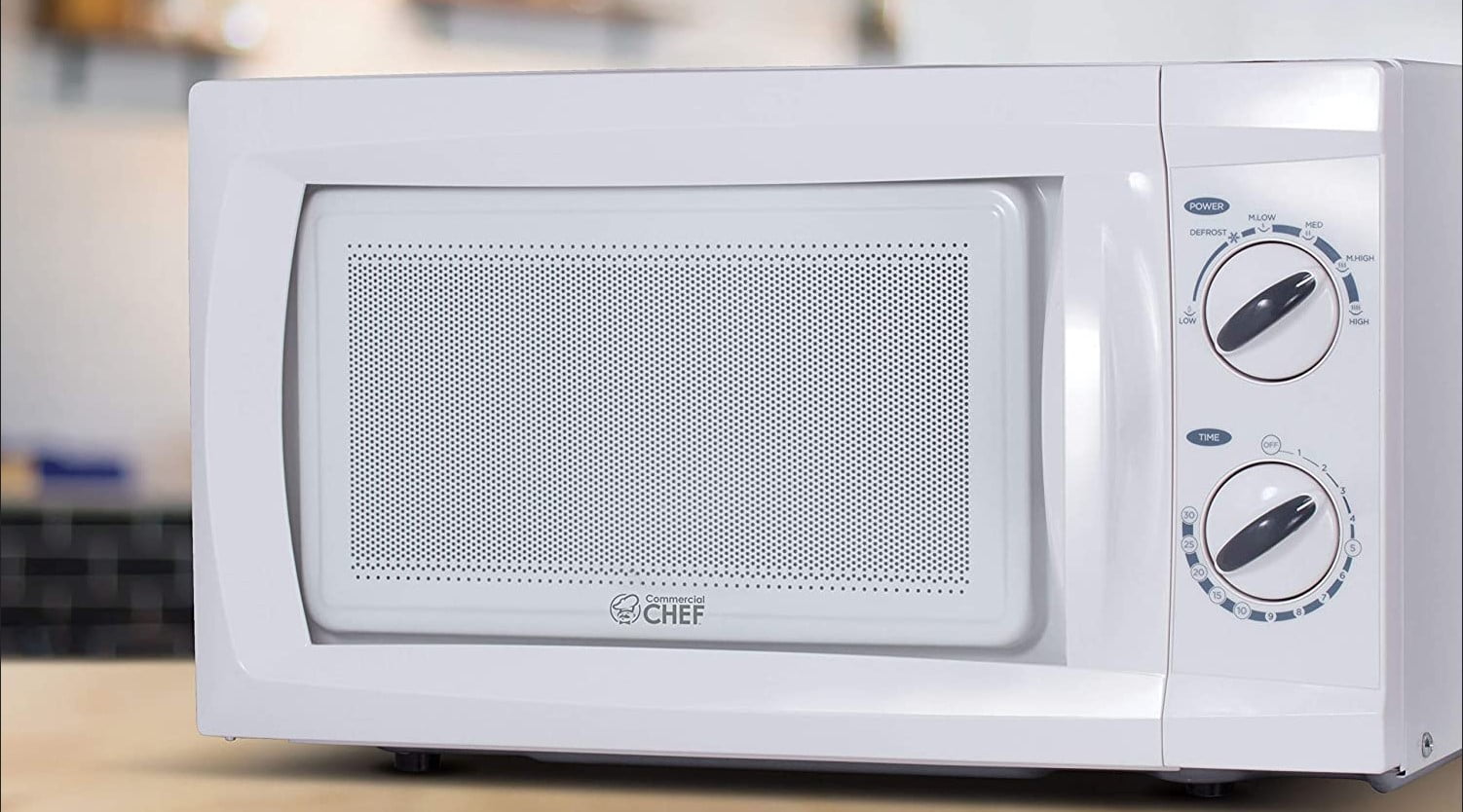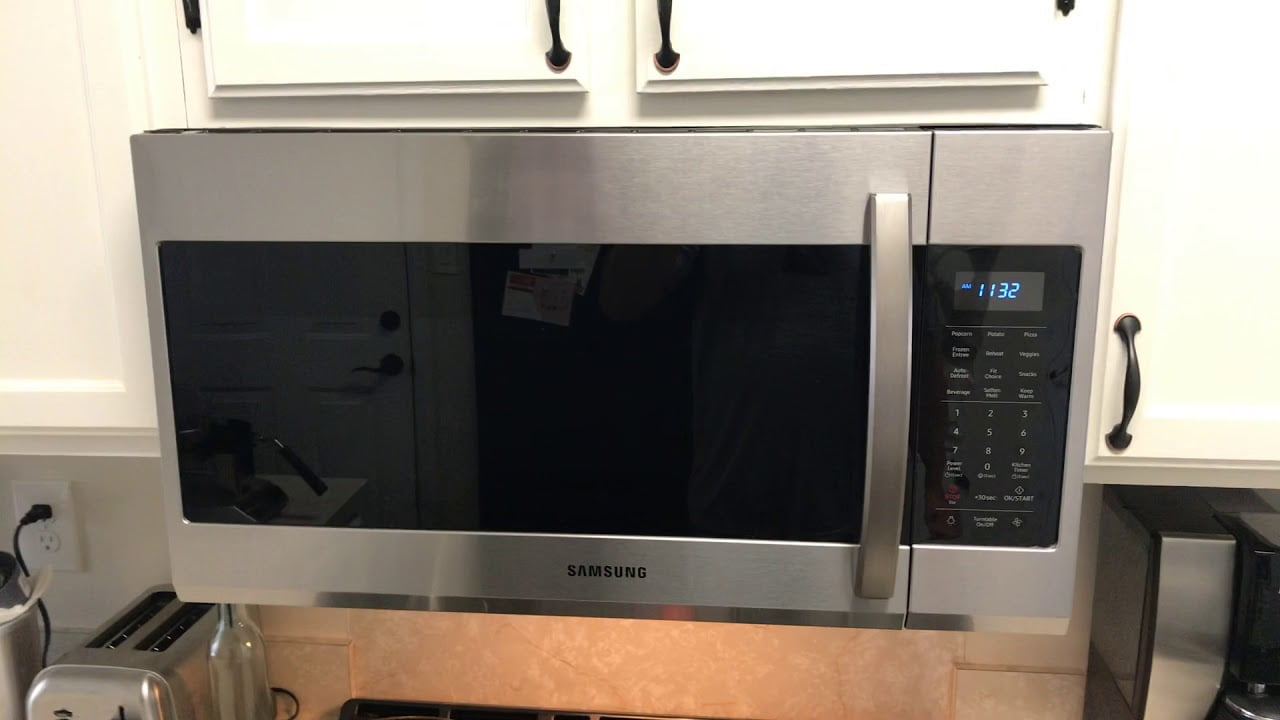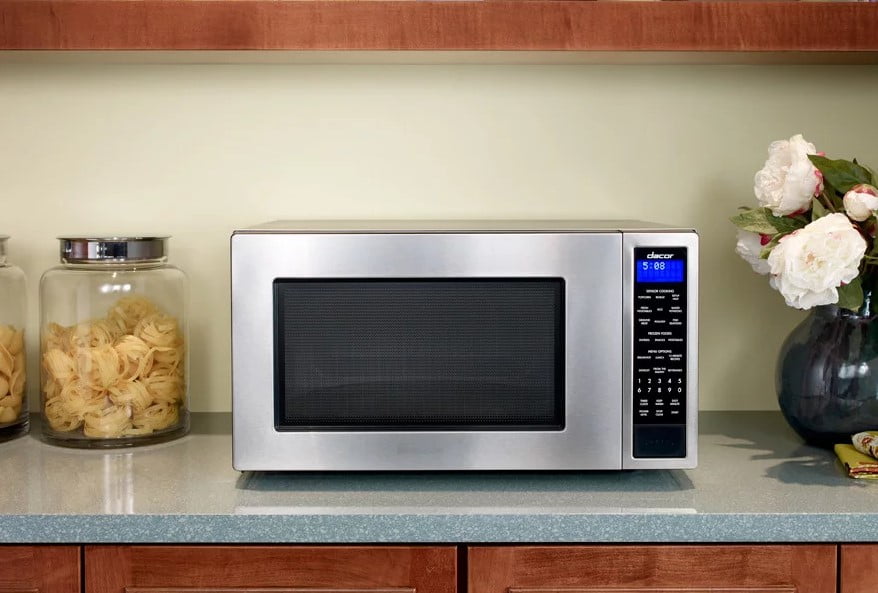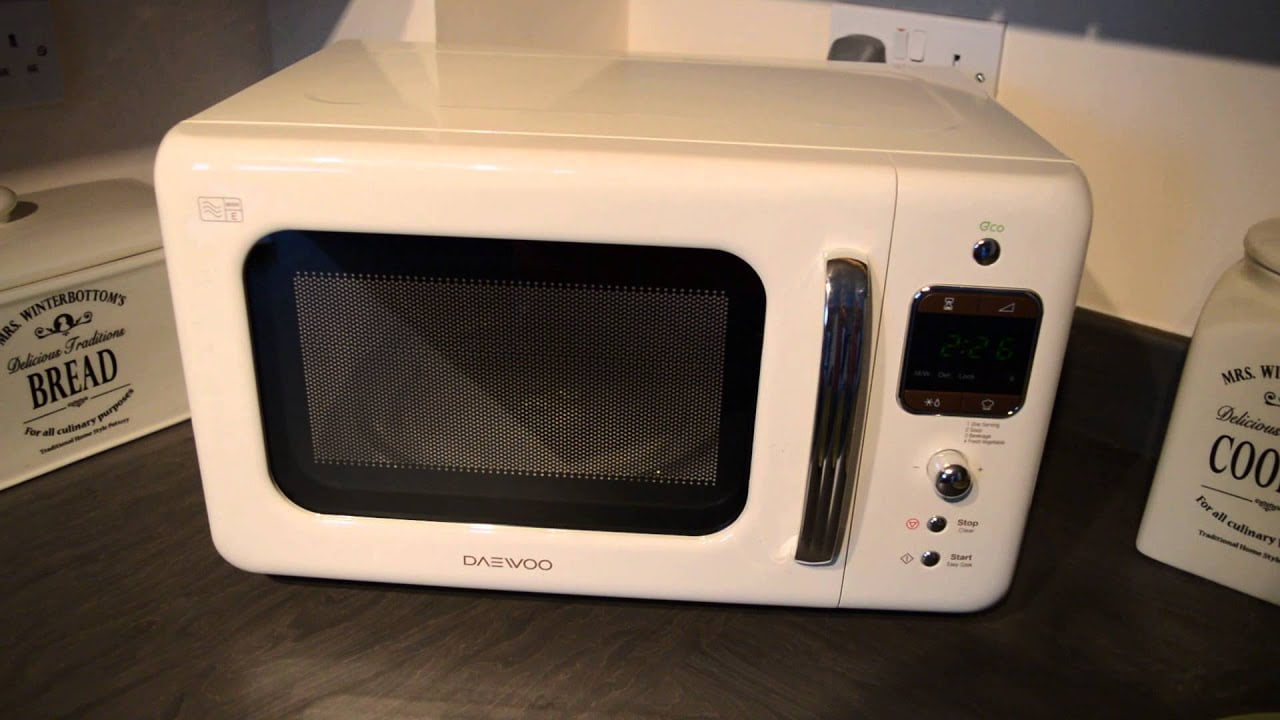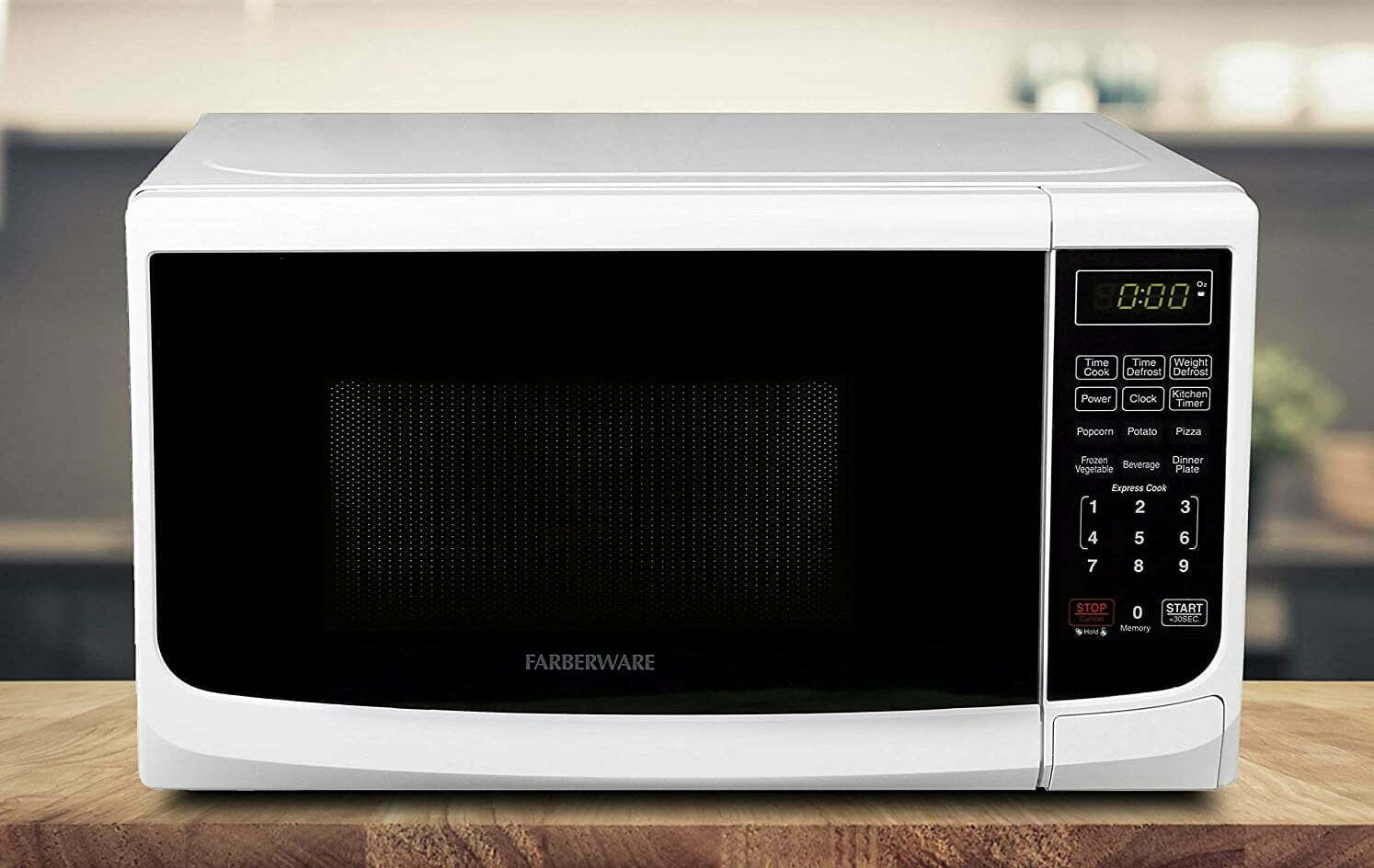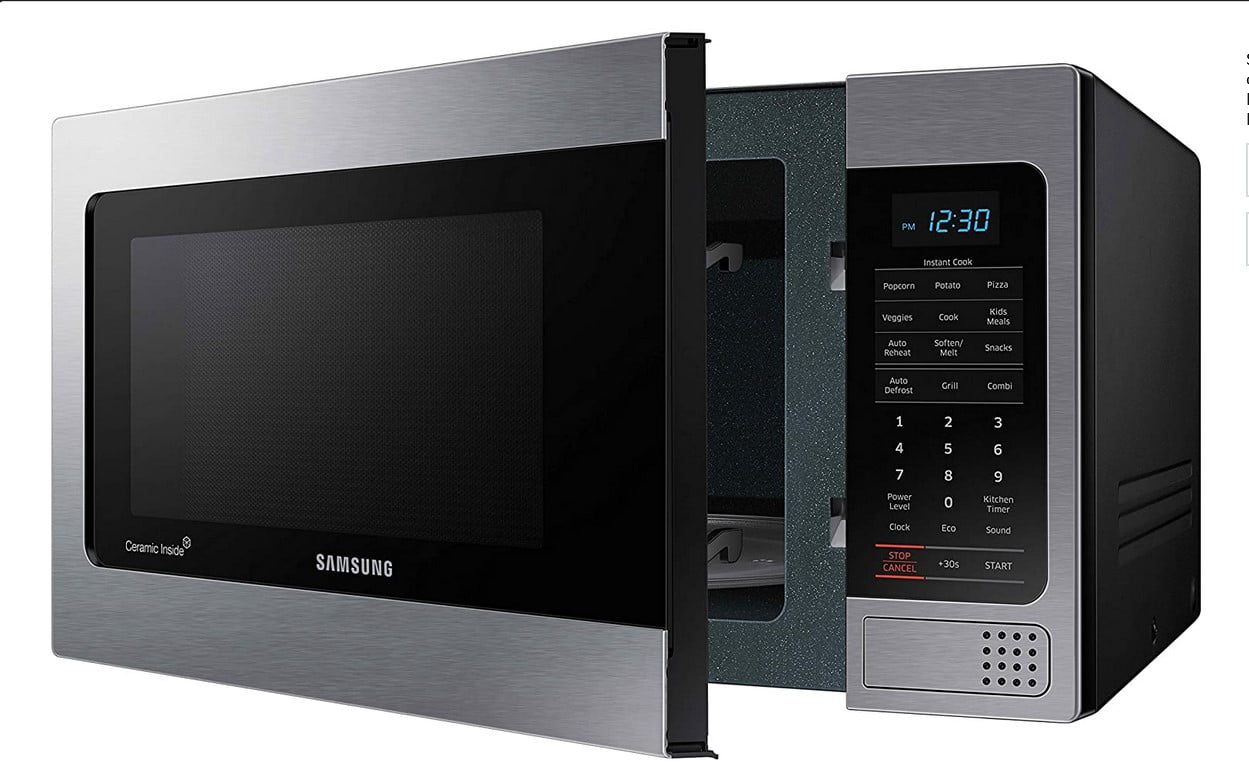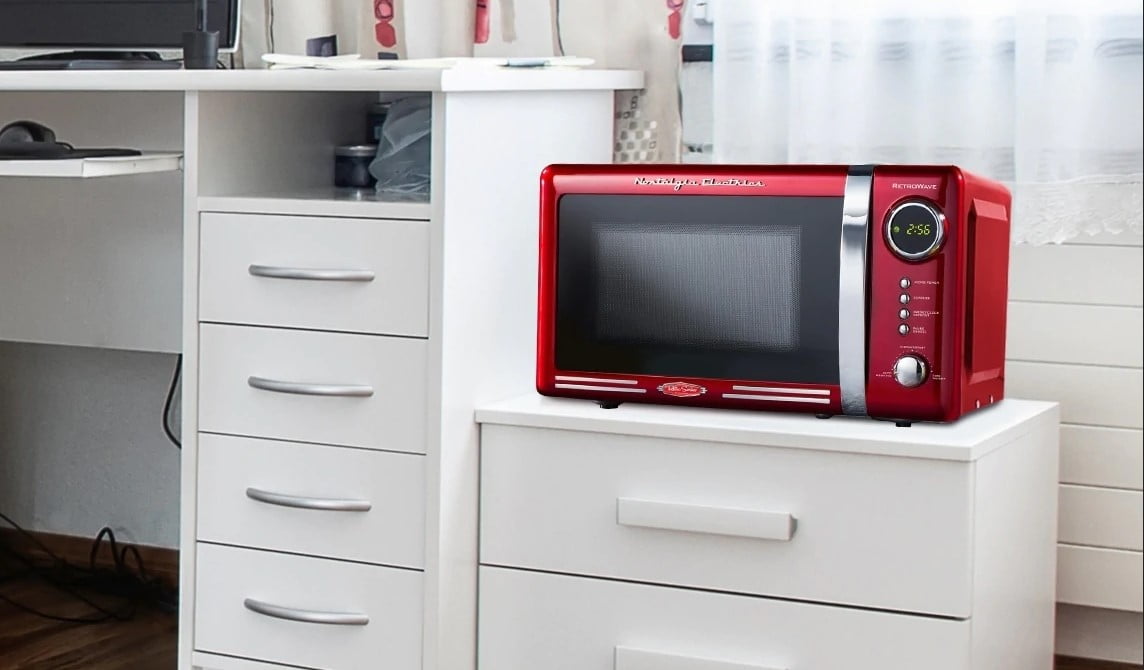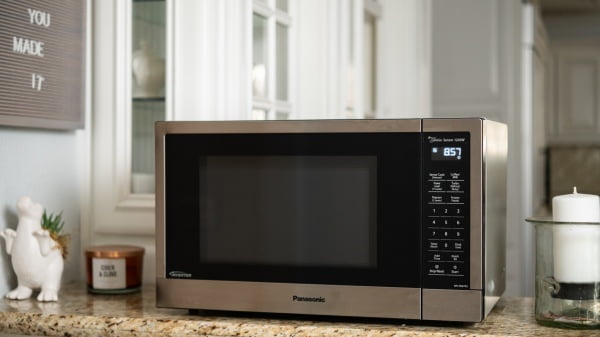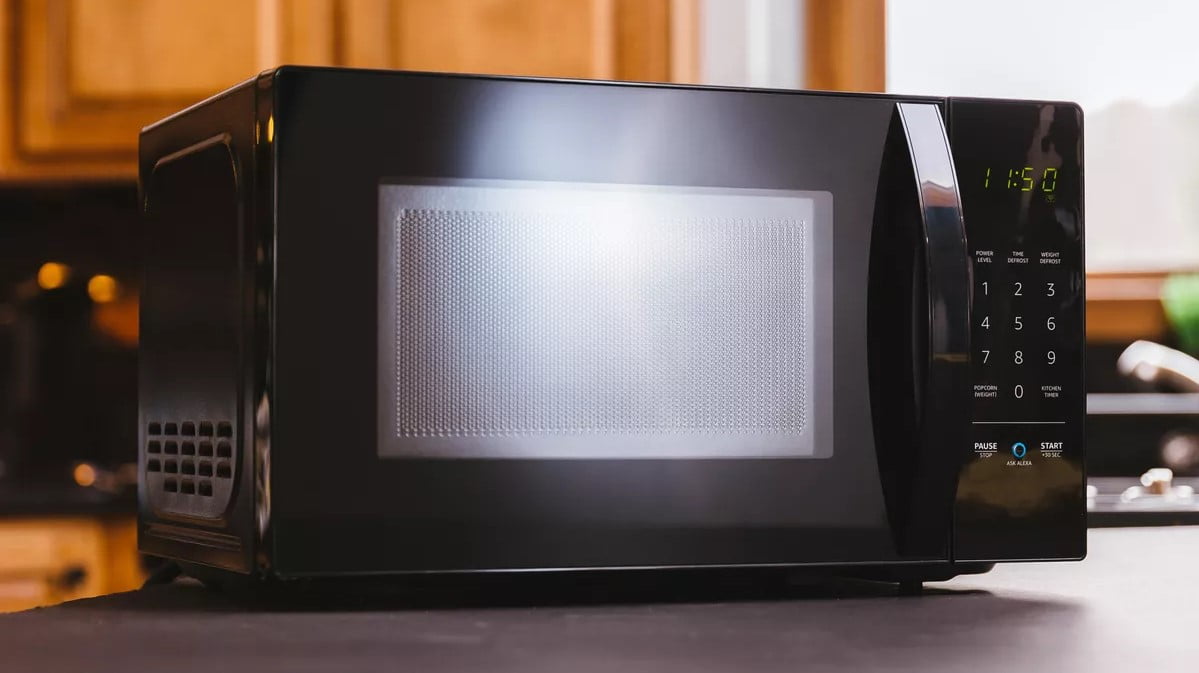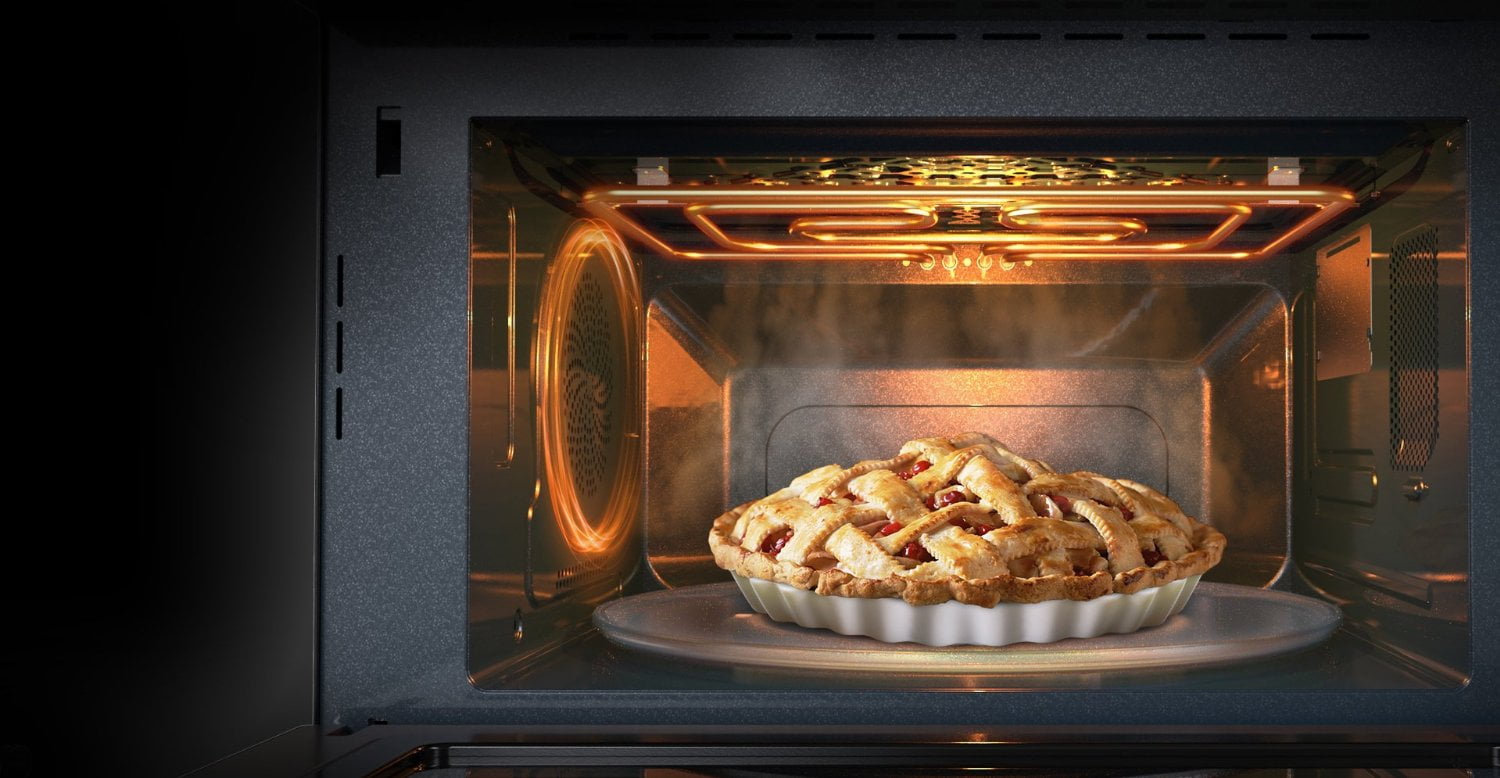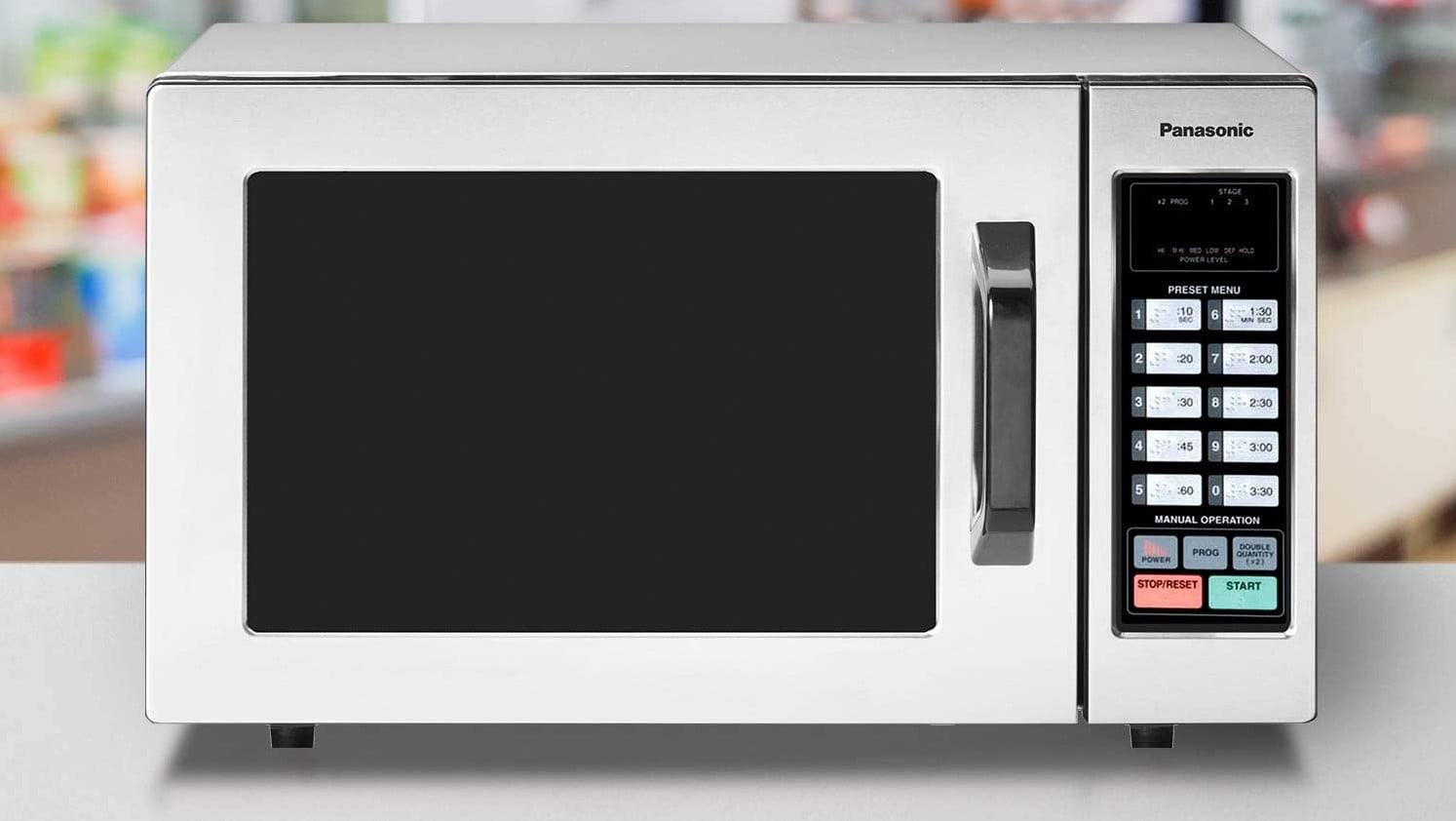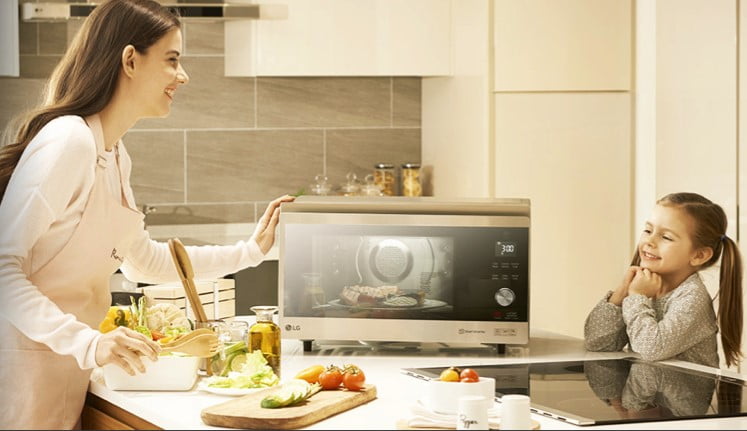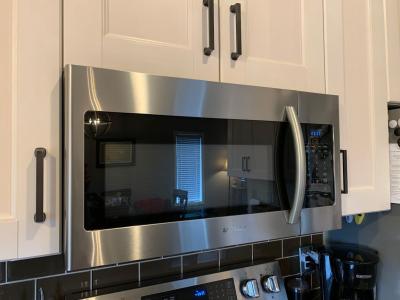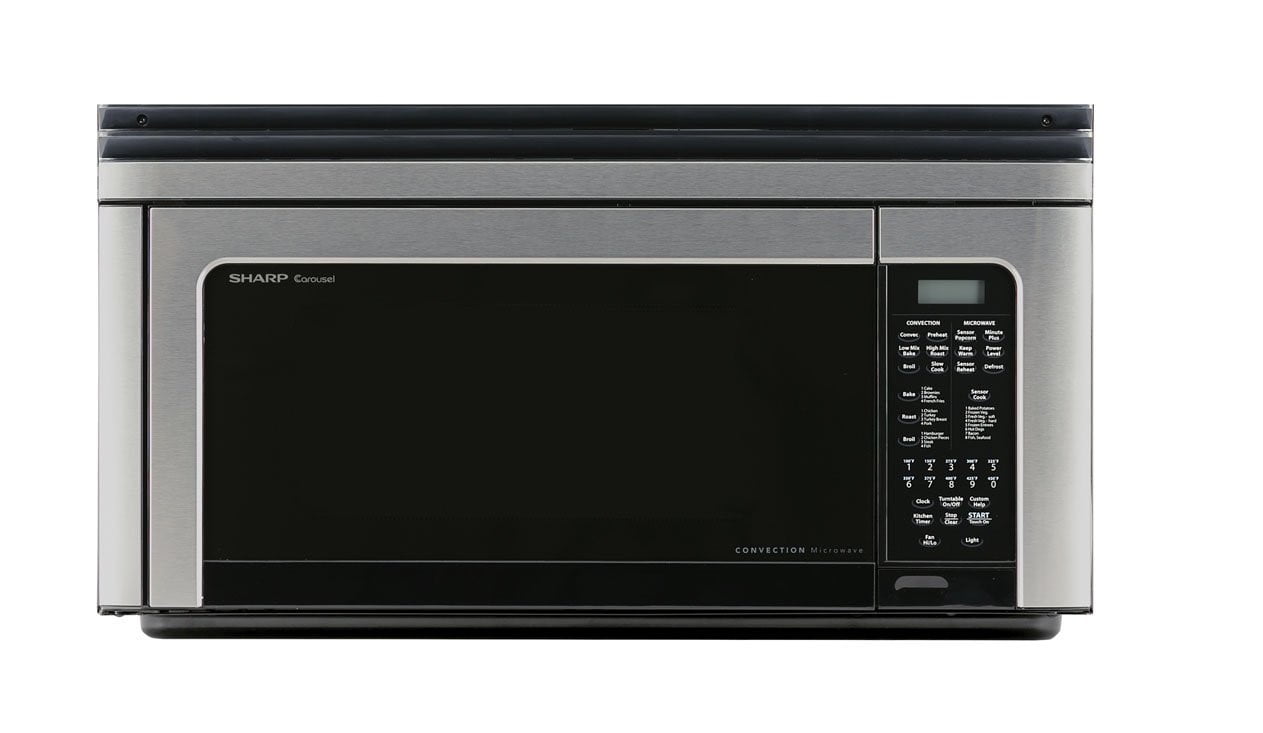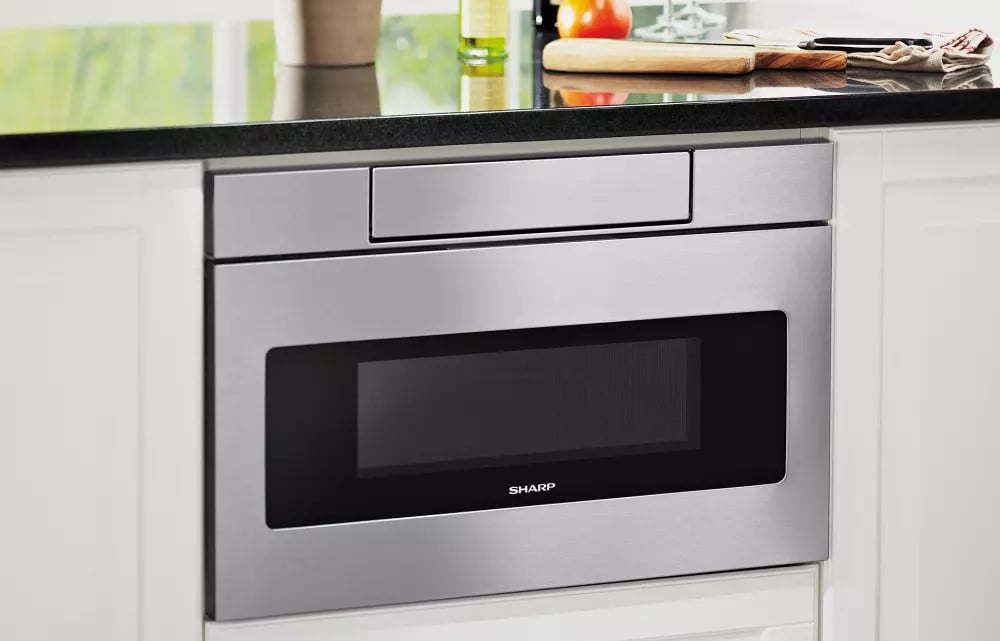Many microwave containers come with tops already, but what is a microwave cover? A microwave cover is a great way to help food cook more evenly and keep messes from happening inside the oven, though they may not always be necessary.
KEY TAKEAWAYS:
- A microwave cover is a reusable cover with a dishwasher-safe design that replaces the use of unsuitable and wasteful plastic wrap for covering food while cooking in a microwave.
- Microwave covers protect a microwave from splatter and help retain moisture in food, preventing dried-out meals and encouraging consistent heating as well as safe heating with optimal heat distribution.
- Microwave covers come in a variety of shapes and colors, including stackable covers for cooking multiple dishes at a time, and covers made for use with bowls.
Whether you’ve got a high-end, advanced microwave oven or an inexpensive countertop model, you may want to invest in a few such products, or at least know what they are and what they do. You may want to learn about other microwave oven issues while you’re at it, like why microwaves blow a fuse when started. Other DIY fixes for issues like hard-to-remove scratches on black microwaves can also be learned about.
Insider Tip
Covering your food with a purpose-built microwave food cover is a great way to prevent messes from splattering and keep moisture in food without excessive steam buildup or sogginess.
What are Microwave Food Covers?
A microwave dish cover or food cover is a dishwasher-safe and reusable plastic cover used to cover food during cooking or heating in a microwave. Some are made with another synthetic material such as BPA-free silicone.
They’re a low price, eco-friendly (meaning they don’t release harmful chemicals during use) option with several benefits.
Benefits of Food Covers
- Help prevent the overdried food and uneven heating by keeping moisture within the container or dish the food is being cooked in. event difficult to clean and unsanitary microwave messes within the cooking chamber due to the food splatters
- Save money and prevent waste due to using cling wrap or cheap Tupperware not specially rated as microwave safe.
Microwave covers can come in a variety of styles:
- Solid colors or transparent plastic/translucent design
- Flat, stackable, bowl-shaped, or concave baking dish-shaped covers
Almost all microwave food covers made with such popular material have a simple design that includes a steam vent or adjustable steam vents, or other kinds of vent holes that allow excess steam to escape so that food can retain moisture without becoming soggy and without the danger of dangerous steam burns when opened.
Warning
Using plastic wrap or non-microwave-safe plastic containers isn’t recommended, as such plastics can actually melt during heating.
F.A.Q.S
Are plastic microwave covers safe?
Yes. If they’re designed specifically for use as reusable microwave food covers, they should be completely safe to use, meaning microwave-safe, made of BPA-Free plastic, and dishwasher-safe as well. You should always confirm this by reading the product description, however- any cover made of foil, for example, cannot be microwave safe.
Is it bad to not cover food in the microwave while cooking?
While it’s not guaranteed to ruin food, there are some possible negative effects to not covering food in the microwave, including messes from splatter and dried-out food.
What happens to food when you microwave it?
Microwave ovens work by using electromagnetic radiation (microwaves) to heat polar water molecules in food, this is why they seem to heat food from the inside (where there’s more moisture) out, and why covering food can help prevent it from drying out during cooking.
STAT: Viruses and some bacteria such as E. coli can be destroyed in a home microwave within 1 to 5 minutes, state the C.D.C. (source)
STAT: Covering food while cooking in the microwave has been shown to significantly reduce the chance of food being dried out during heating. (source)
STAT: Food safety concerns are common when it comes to microwaves, but food cooked in them is perfectly safe to eat regularly, since the electromagnetic radiation produced during heating is immediately dissipated when the microwave stops. (source)

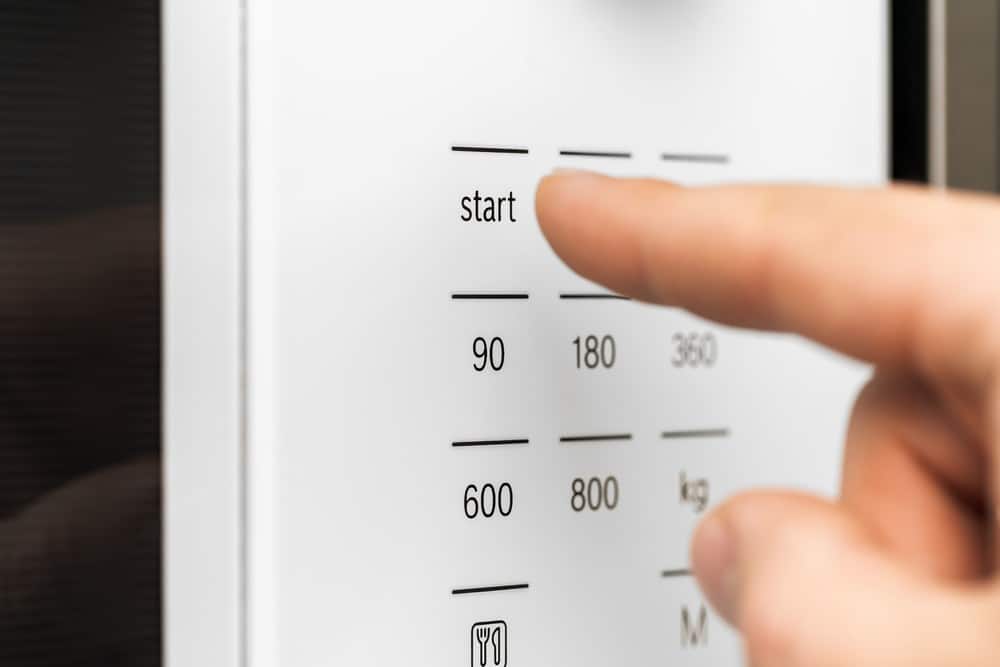













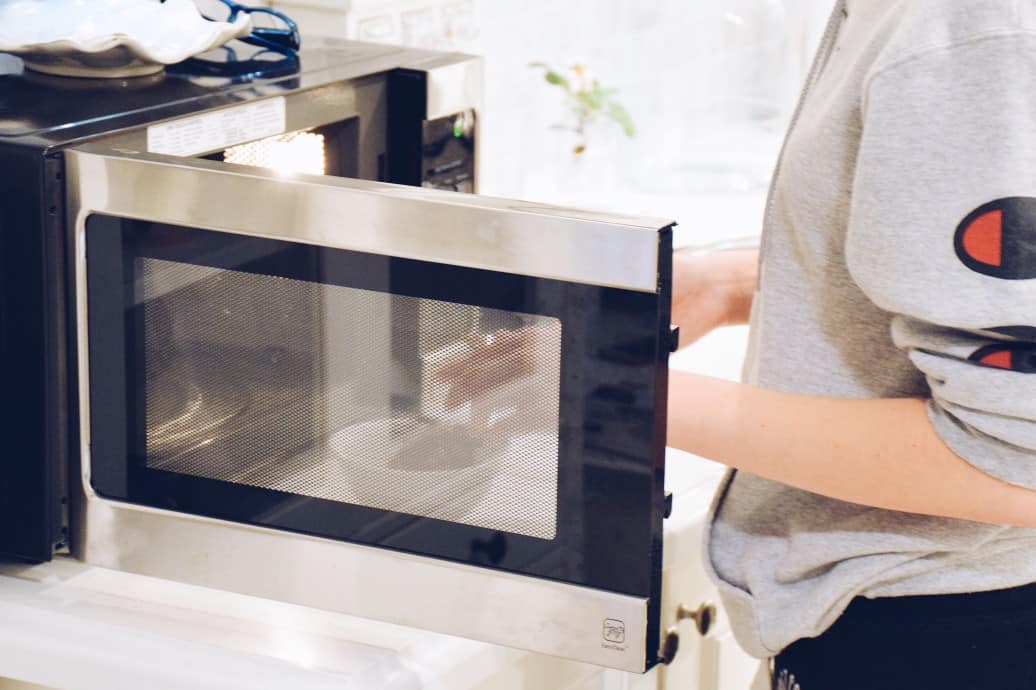
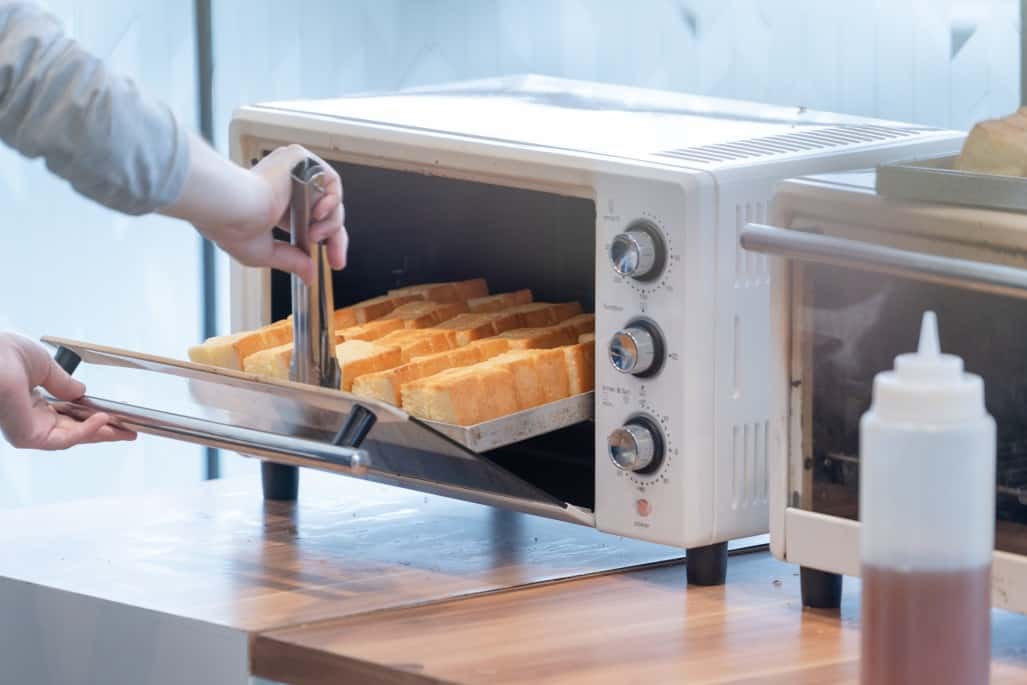
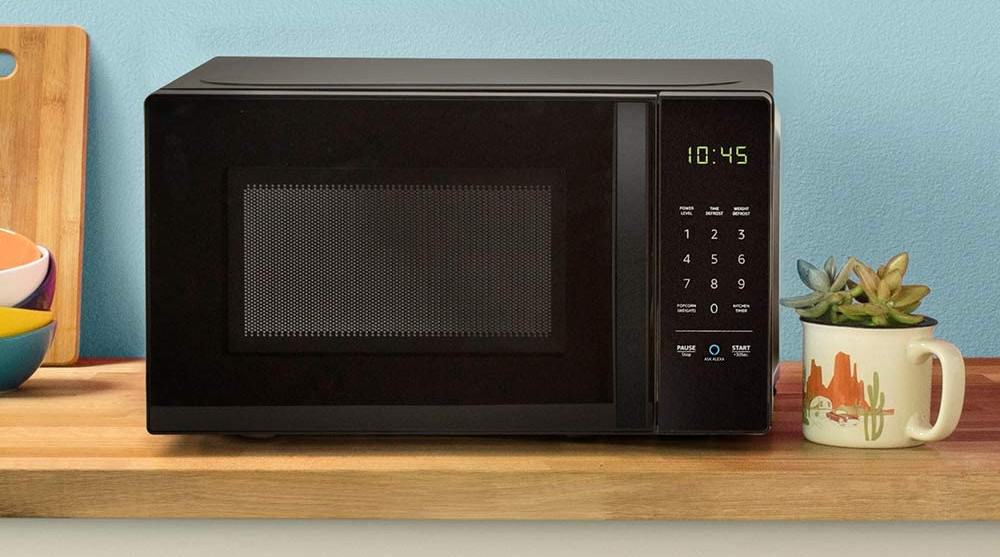
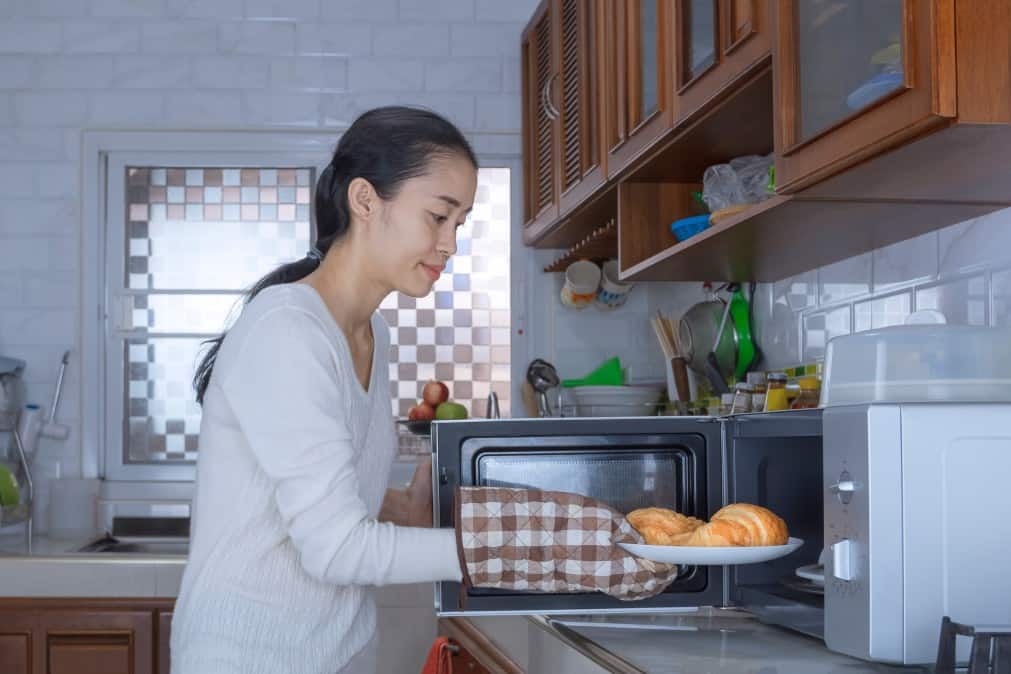
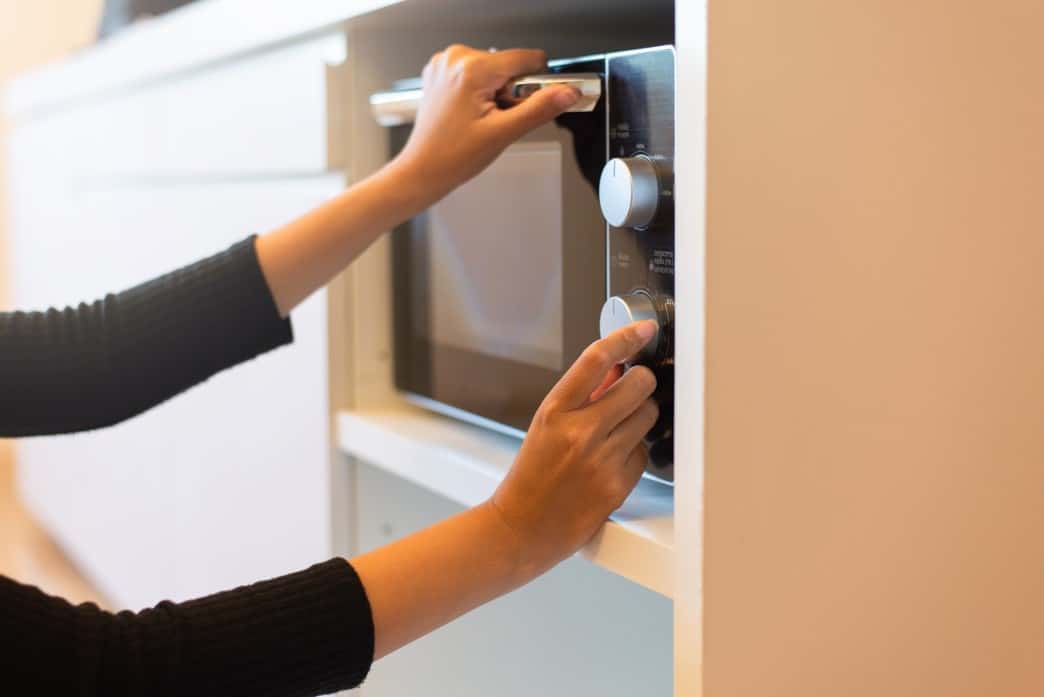
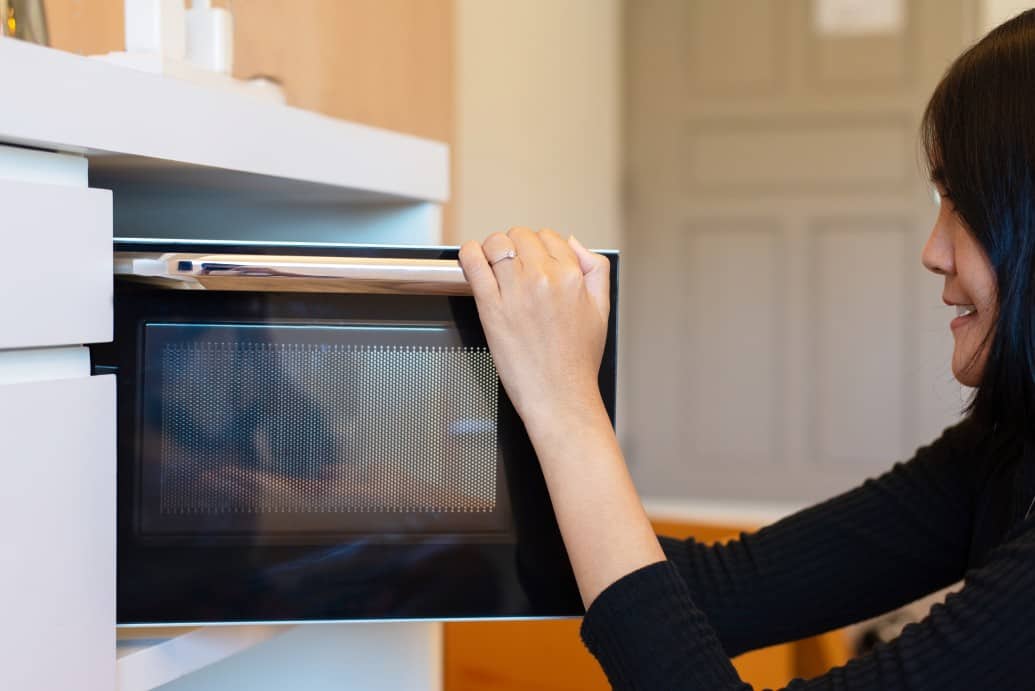
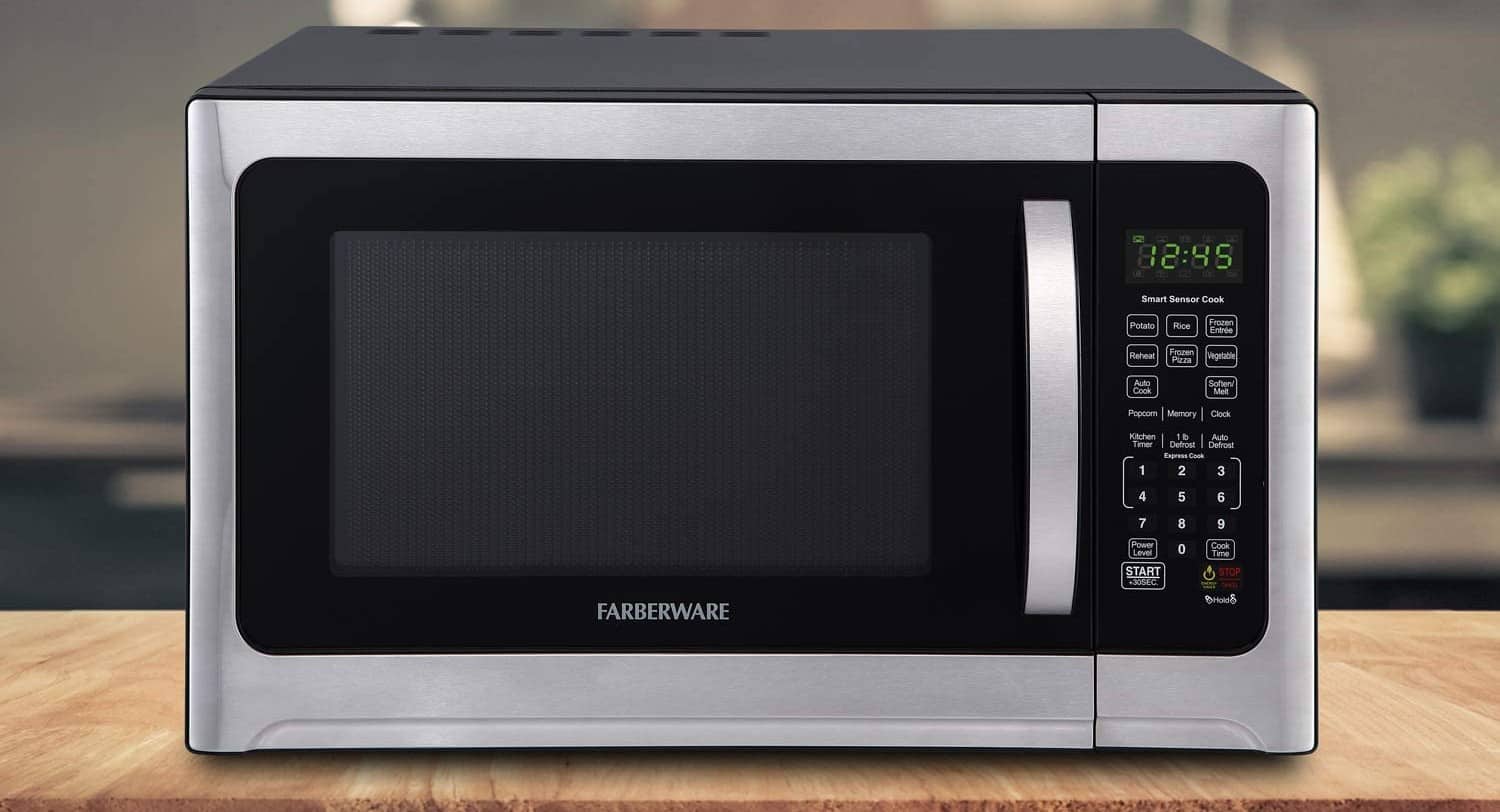
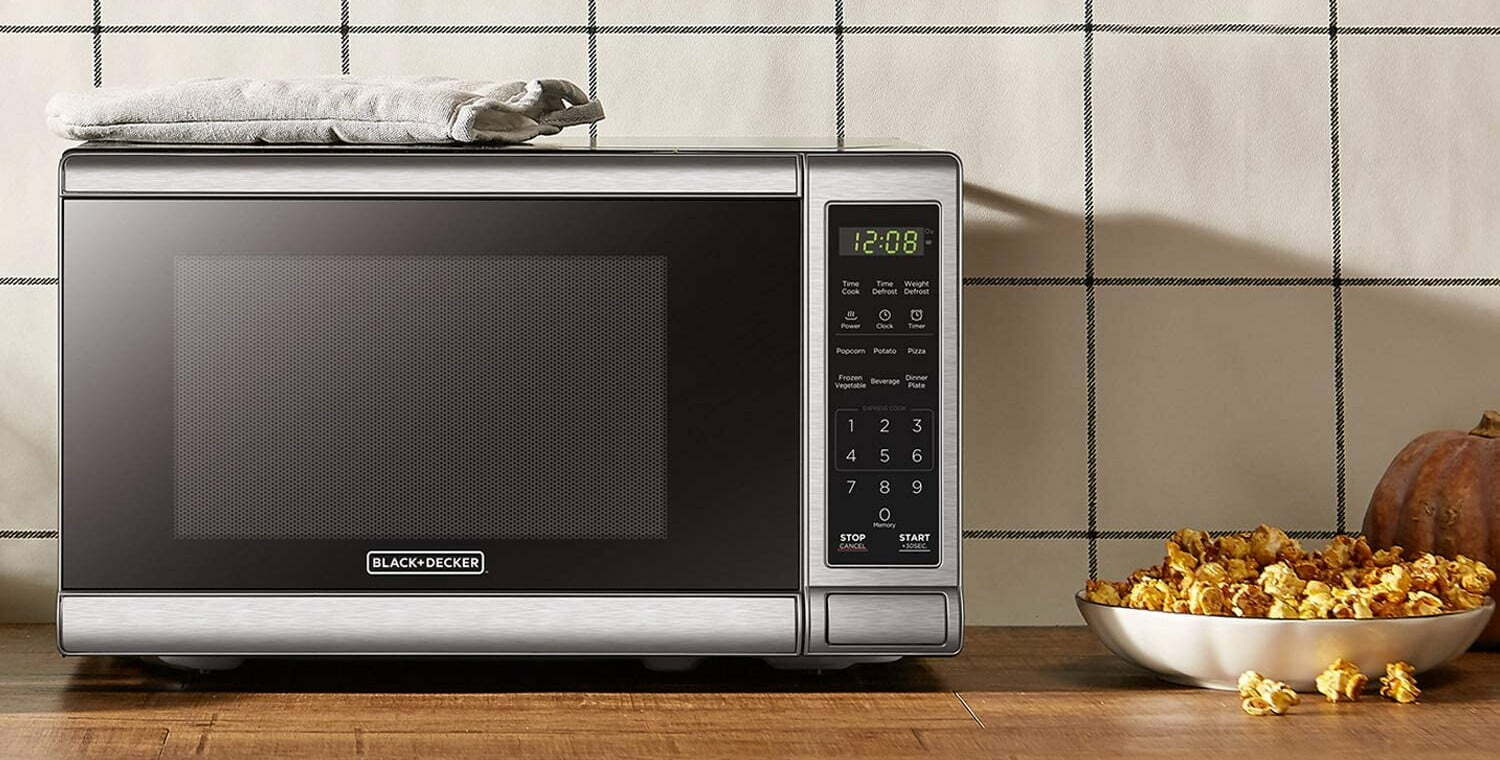
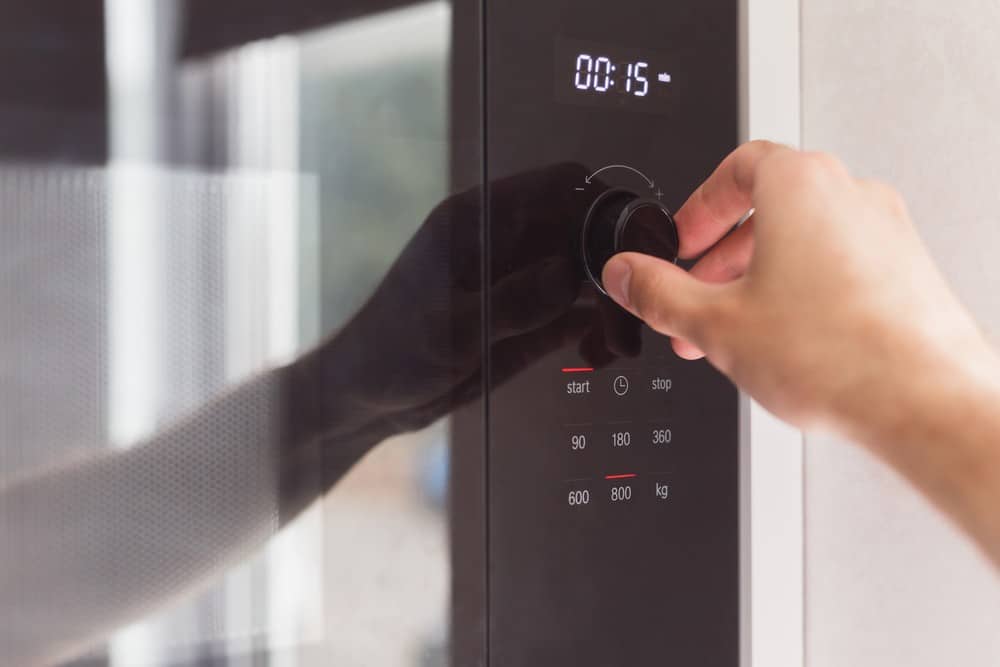
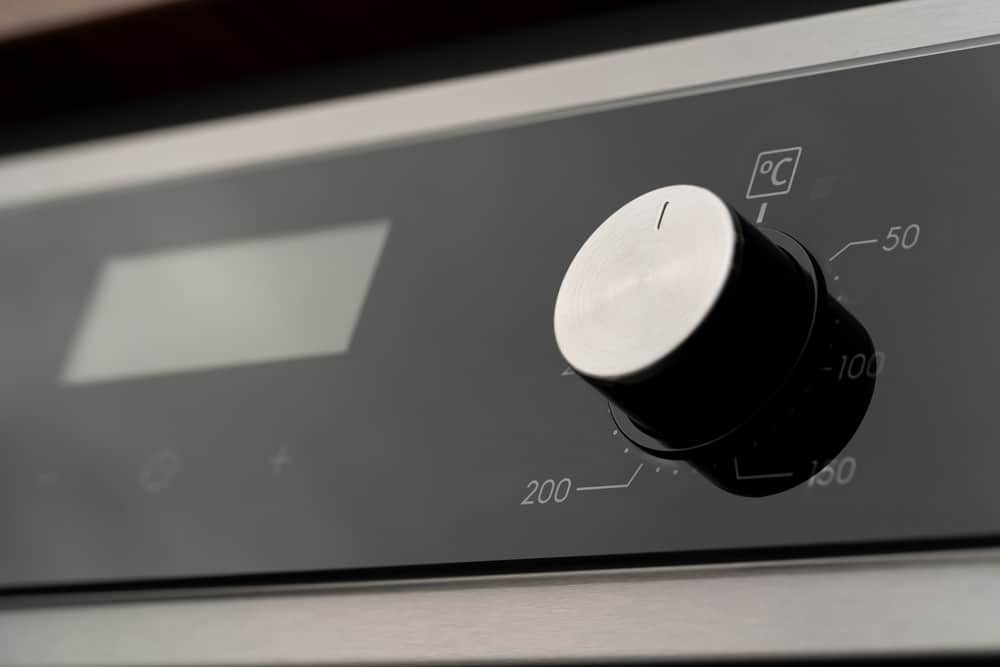
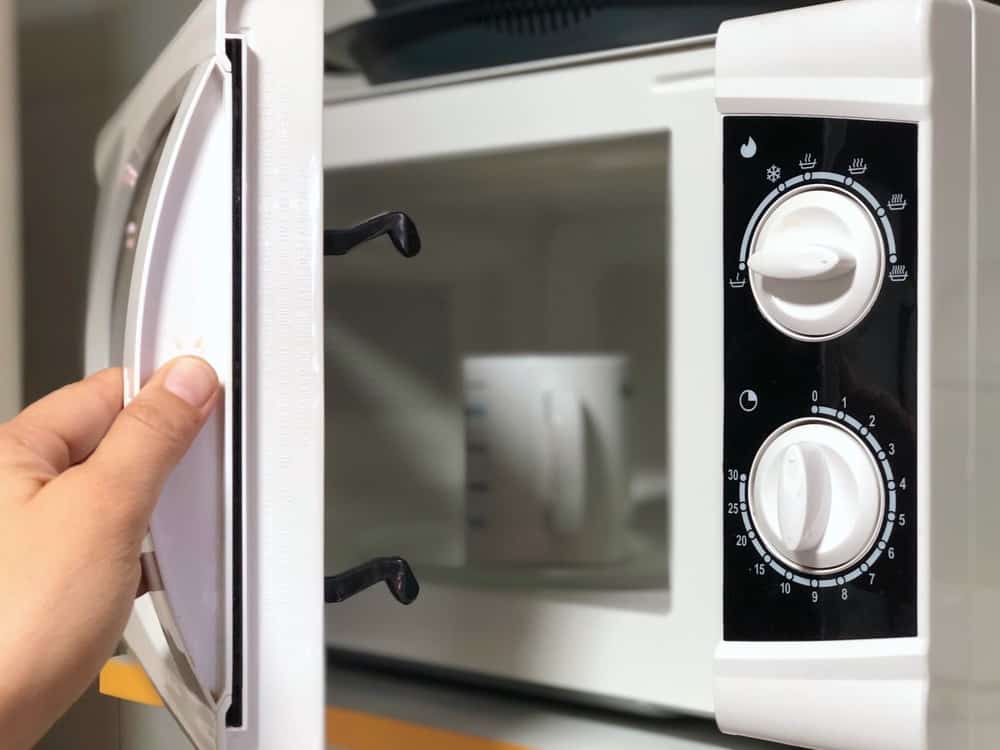
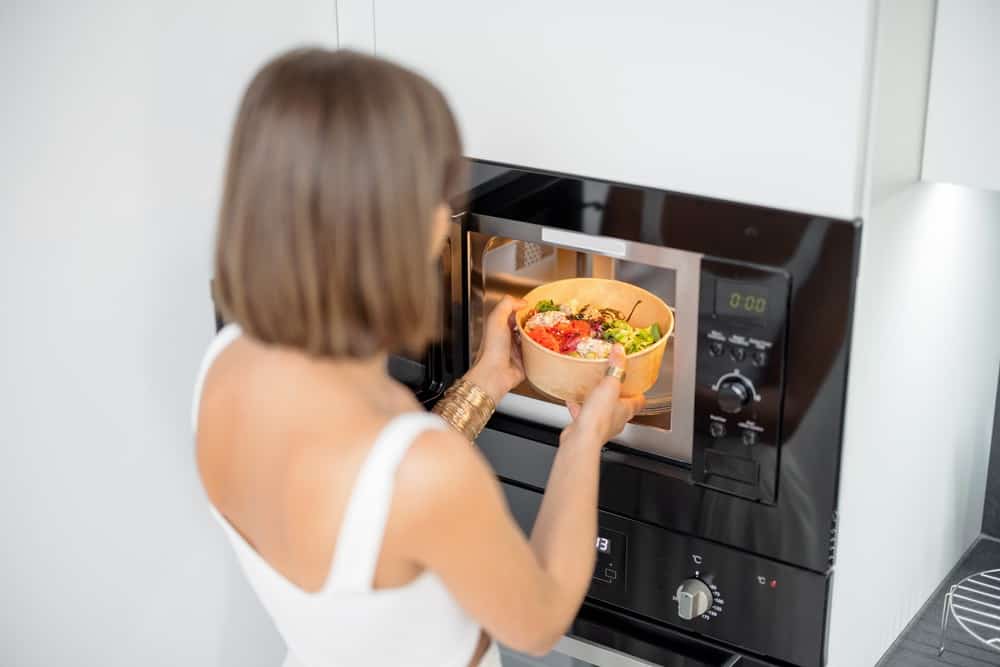
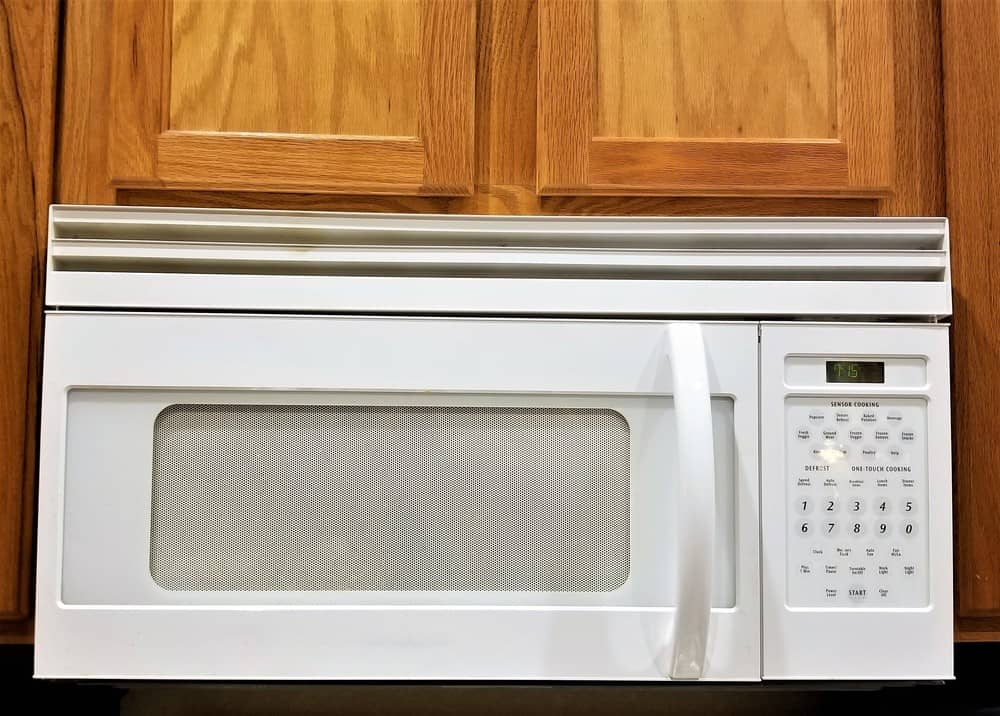
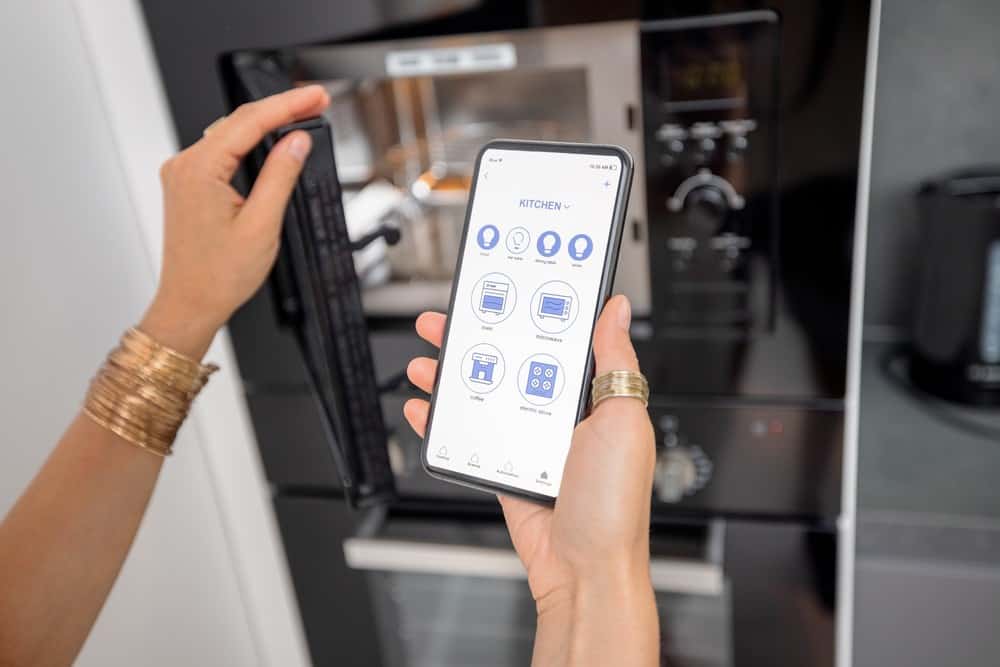
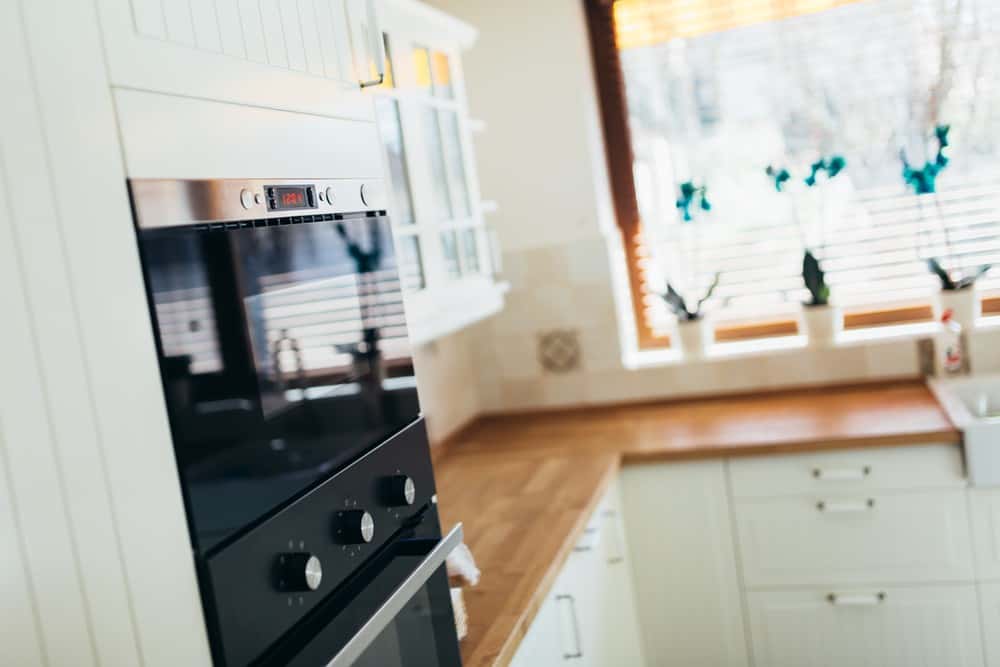
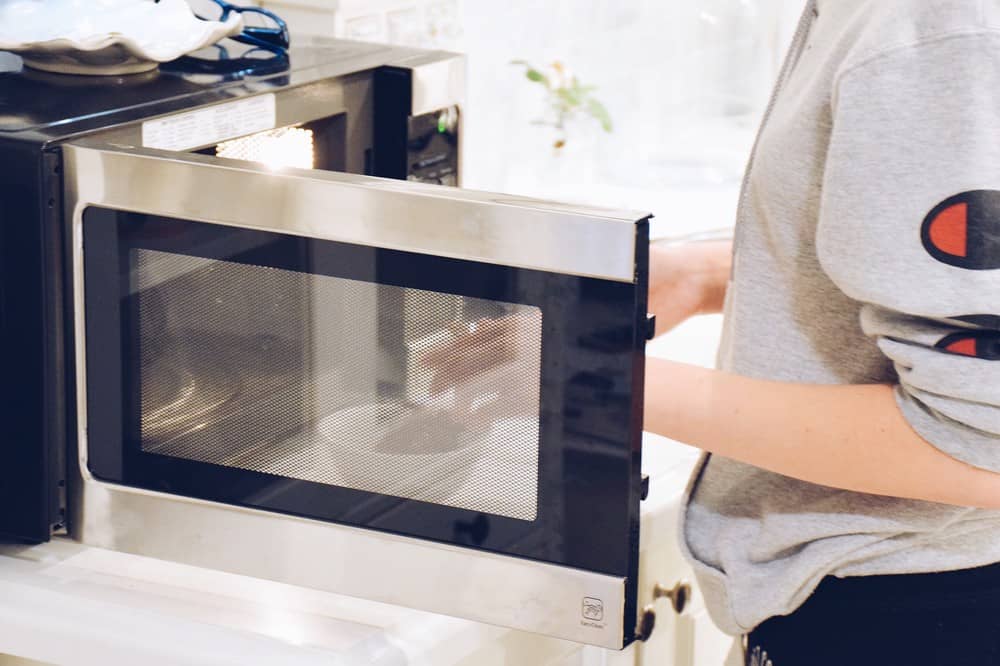

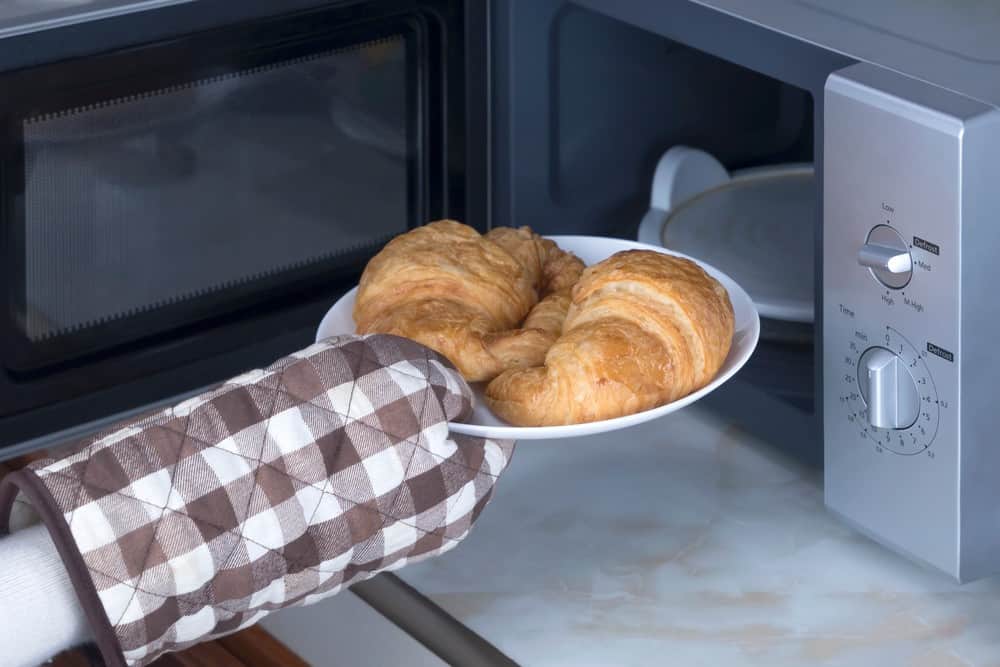
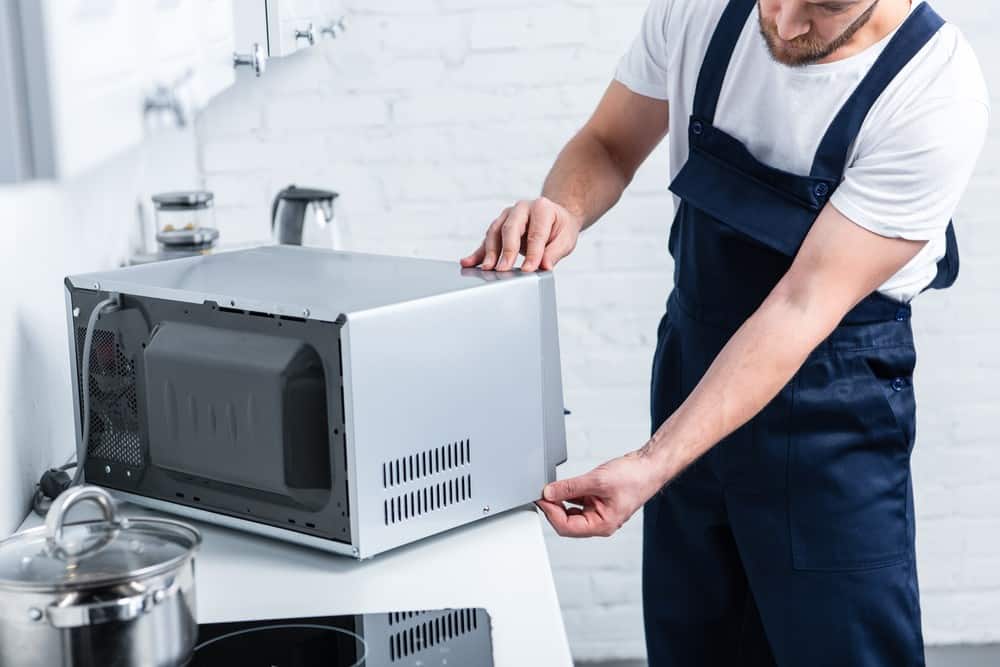
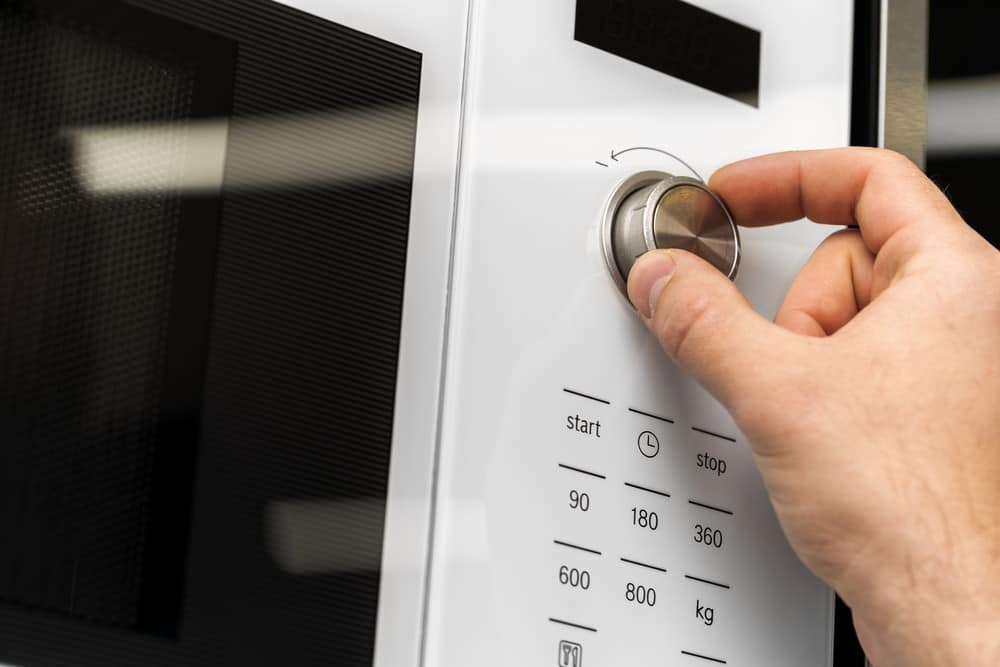
![Best Kitchen Appliances in [year] ([month] Reviews) 27 Best Kitchen Appliances in 2025 (December Reviews)](https://www.gadgetreview.dev/wp-content/uploads/best-kitchen-appliances.jpg)
![Best Whirlpool Microwaves in [year] 28 Best Whirlpool Microwaves in 2025](https://www.gadgetreview.dev/wp-content/uploads/best-whirlpool-microwaves-image.jpg)
![Best Microwave Drawers in [year] 29 Best Microwave Drawers in 2025](https://www.gadgetreview.dev/wp-content/uploads/best-microwave-drawer-image.jpg)
![Best Quiet Microwaves in [year] 30 Best Quiet Microwaves in 2025](https://www.gadgetreview.dev/wp-content/uploads/best-quiet-microwave-image.jpg)
![Best LG Microwaves in [year] 31 Best LG Microwaves in 2025](https://www.gadgetreview.dev/wp-content/uploads/best-lg-microwaves-image.jpg)
![Best Microwaves in [year] ([month] Reviews) 32 Best Microwaves in 2025 (December Reviews)](https://www.gadgetreview.dev/wp-content/uploads/best-microwaves-image.jpg)
![Best Over the Range Convection Microwaves in [year] 33 Best Over the Range Convection Microwaves in 2025](https://www.gadgetreview.dev/wp-content/uploads/best-over-the-range-convection-microwave-image.jpg)
![Best Retro Microwaves in [year] 34 Best Retro Microwaves in 2025](https://www.gadgetreview.dev/wp-content/uploads/best-retro-microwave-image.jpg)
![Best GE Microwaves in [year] 35 Best GE Microwaves in 2025](https://www.gadgetreview.dev/wp-content/uploads/best-ge-microwaves-image..jpg)
![10 Best Samsung Microwaves in [year] 36 10 Best Samsung Microwaves in 2025](https://www.gadgetreview.dev/wp-content/uploads/best-samsung-microwaves-image.jpg)
![10 Best Microwaves for Seniors in [year] 37 10 Best Microwaves for Seniors in 2025](https://www.gadgetreview.dev/wp-content/uploads/best-microwaves-seniors-image.jpg)
![10 Best Microwave Toaster Oven Combo in [year] 38 10 Best Microwave Toaster Oven Combo in 2025](https://www.gadgetreview.dev/wp-content/uploads/best-microwave-toaster-oven-combo-scaled-1.jpg)
![10 Best Panasonic Microwaves in [year] 39 10 Best Panasonic Microwaves in 2025](https://www.gadgetreview.dev/wp-content/uploads/best-panasonic-microwaves.jpg)
![10 Best Microwaves for College Dorms in [year] 40 10 Best Microwaves for College Dorms in 2025](https://www.gadgetreview.dev/wp-content/uploads/best-microwaves-for-college-dorms.jpg)
![10 Best Compact Microwaves in [year] 41 10 Best Compact Microwaves in 2025](https://www.gadgetreview.dev/wp-content/uploads/best-compact-microwave-image.jpg)
![10 Best Convection Microwave Ovens in [year] 42 10 Best Convection Microwave Ovens in 2025](https://www.gadgetreview.dev/wp-content/uploads/best-convection-microwave-oven-image.jpg)
![10 Best Built In Microwaves in [year] 43 10 Best Built In Microwaves in 2025](https://www.gadgetreview.dev/wp-content/uploads/best-built-in-microwave-image.jpg)
